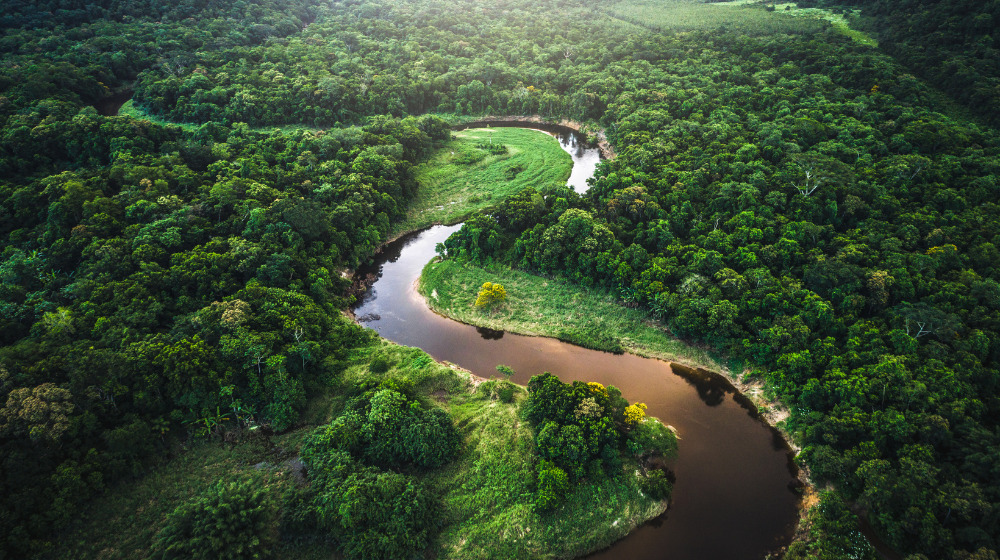Brazil can earn BRL776.5 billion by restoring twelve million hectares of forests

Brazil must invest R$ 228 billion to meet its goal in the Paris Agreement (2015) to plant twelve million hectares of forest by 2030. The figure is high, but its positive consequences are likely to be even greater. This is what the onepage released by Instituto Escolhas shows, providing the main findings of an unprecedented study.
The research demonstrates that the investment could generate BRL776.5 billion in net revenue, 2.5 million new jobs, and allow the achievement of a critical climate target. The application of the proposed models would also result in the production of 1 billion m³ of timber for trade and 156 million tons of food.
“The restoration of these twelve million hectares will likely generate significant employment and income levels while removing 4.3 billion tons of CO2 from the atmosphere. This is a perfect combination between the social and economic agenda and the climate crisis mitigation agenda”, says Mr. Sergio Leitão, Executive Director, Instituto Escolhas. “This is a fundamental issue to be discussed by the leaders at the Amazon Summit next week, especially President Lula, since it is no longer possible to discuss sustainable development without discussing forest restoration.”
This is the second time that Escolhas has calculated the investment required to achieve the Brazilian target. The first study – How much does Brazil need to invest to recover 12 million hectares of forests? – was launched months after the execution of the agreement and has been calculated at BRL52 billion. Since then, only 79,100 hectares of forests have been recovered. “This is less than 1% of the original goal. We must now chase the resulting liabilities, the cost of not doing anything. However, we cannot lose sight that the results are worth the investment, even though it is four times higher,” as pointed out by Mr. Leitão.
The new study updates the debate using broader databases and new parameters. Check it out here (only in Portuguese).
Related
Gold production from wildcat mines has already dropped 84% in 2024
The onset of the end: a new study warns of declining fish farming in the Legal Amazon
Gold mines in Brazil might have used 185 tons of illegal mercury
Lack of strategies hinders Brazil’s opportunity to lead the global herbal medicine market.

 Texto
Texto